We are all familiar with sounds’ abilities to heal us. From the casual feeling-good emotion that our favorite song can evoke to actual music therapy. However, have you ever thought about the idea that sounds can also help us save our surroundings, nature in particular? This is why we invite you to learn more about a project from the USA called Orcasound, a Citizen/Science orca monitoring system. Today we discuss Orcasound with Stephen Hicks, Raspberry Pi expert and Orcasound orcanode pioneer. So without further ado, come and learn with us!
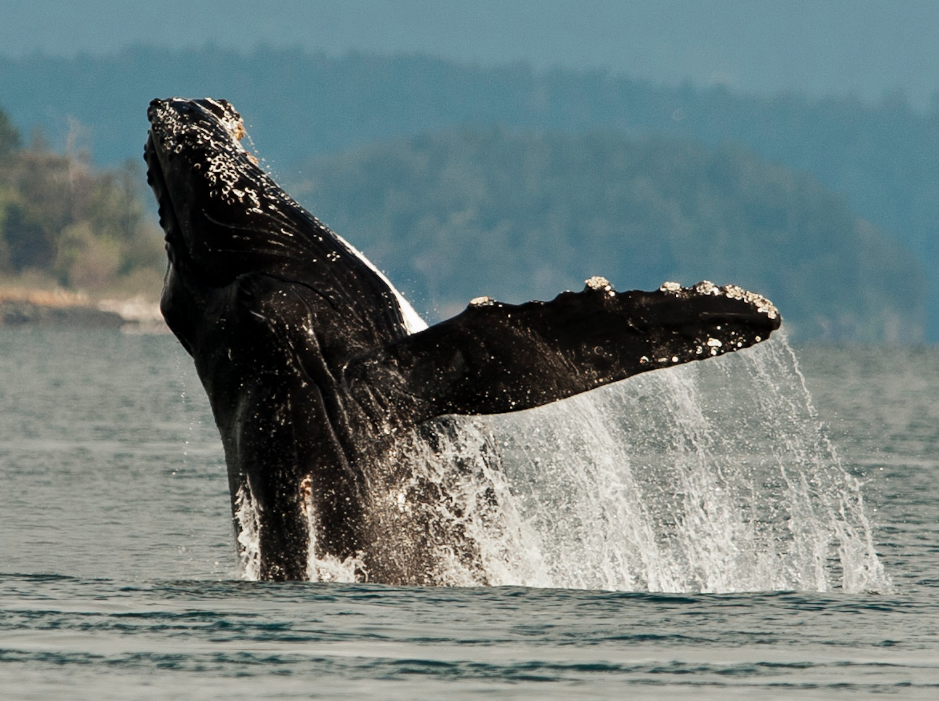
Orcasound is such a unique project. Please tell us more about its meaning and beginning!
I would say Orcasound is about raising the level of awareness about the acoustic environment of the ocean and how that affects marine life. If you listen, you will more often hear ships than orcas on some hydrophones, and you really get a sense of how much man-made noise there is in the ocean.
Scott Veirs and his dad Val came up with Orcasound. The current website is the second iteration of the project. I believe the first version was funded by NOAA, but the current project was started with a kickstarter and also had some additional funding. Scott lives in Seattle, and I have a mutual friend who introduced me to the project several years ago when they were just getting started with the transition from Notebook Computers to Raspberry Pi. I had done a small amount of work on hydrophones for our mutual friend and was interested in Open Source projects and platforms like Raspberry Pi and Arduino. So that’s how I got involved.
They say that only 20 percent of our oceans are explored. Why did you decide to record the sounds of orcas?
Generally speaking, sounds are a better way to explore the ocean than, say, cameras because you can hear things much farther away than you can see them. So that’s why we chose sound as opposed to some other sensor. Although, Val is doing some very interesting work to incorporate terrestrial sensors (like photos and ship position information) with the hydrophone data to show the impact of ships on orca behavior.
Could you please tell us more about the process of recording orcas?
We install Raspberry Pi/Pisound hardware on docks (usually with a POE connector for power/internet) with a hydrophone (or two) hanging off of it into the water. The Raspberry Pi converts the audio on the fly to mpegts hls and optionally flac format, and we transfer the files live to AWS. The Orcasound back end then makes the audio available live stream to our listeners, who monitor for orcas or other unusual sounds. When it’s all working, there is not much to do, but things don’t always work, so we use tools like dataplicity and logdna to remotely diagnose problems and fix them. We are working hard to make the deployment of new hydrophones as easy as possible, and we use docker and the like to make it easy to install and update a node. Our main tools are ffmpeg and Python. ffmpeg handles converting the audio to the different formats and creating the manifest files for streaming. Python scripts the work of uploading the files to AWS. The project is fully open-source, and the code is all in the orcasound/orcanode repository on github.
Why did you choose the Raspberry Pi & Pisound combo for your project? What do you like about it the most?
The old platform used laptop computers, and we were looking for an open-source platform that was relatively low cost but still offered high-performance audio with the possibility to do lossless streaming. The hydrophone we use is very low cost for the industry but still is around $300. Pisound provides the high-performance streaming, and the particular adc still gets some frequency response above 22khz (when sampling at 192khz). I haven’t looked recently, but at the time, that was unusual. For the continuous flac conversion, we did get some help from the Pisound community on using Jack instead of alsa, which helped a lot with that part of the project.
You have many other exciting projects that you work on together with volunteers, stewards, citizen scientists, hackers, and generous funders. Could you please tell us more about these projects?
In addition to real-time streaming, there is a lot of interest in the automated detection/identification of orcas. AI for Orcas is one project that uses the Orcasound data to generate machine learning models for orcadetection and do real-time detection of the hydrophones. Orcasound is also a DemocracyLab project and participates in Hackathons. I’ve participated (virtually) from San Diego, and it’s a good way for people (students or professionals) to connect and contribute to tech projects to promote positive change. Finally, Orcasound has been a Google Summer of Code participant for two years now and has had students from all around the world working on AI problems as well as the website generally.
What is the future of Orcasound? Do you have any other exciting upcoming projects that you would like to share with us? Please do!
A lot of the focus has been on increasing our network on hydrophones and more collaboration with other projects on sharing data for Machine Learning and other applications. The OOI Network is one network we have looked at trying to stream existing hydrophones through Orcasound as well as to potentially use that data for Machine Learning.
Join the experience and listen to orcas live!
Follow Orcasound!
Official websiteYouTube

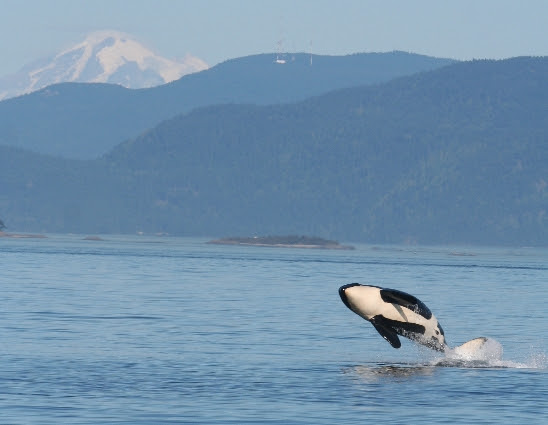
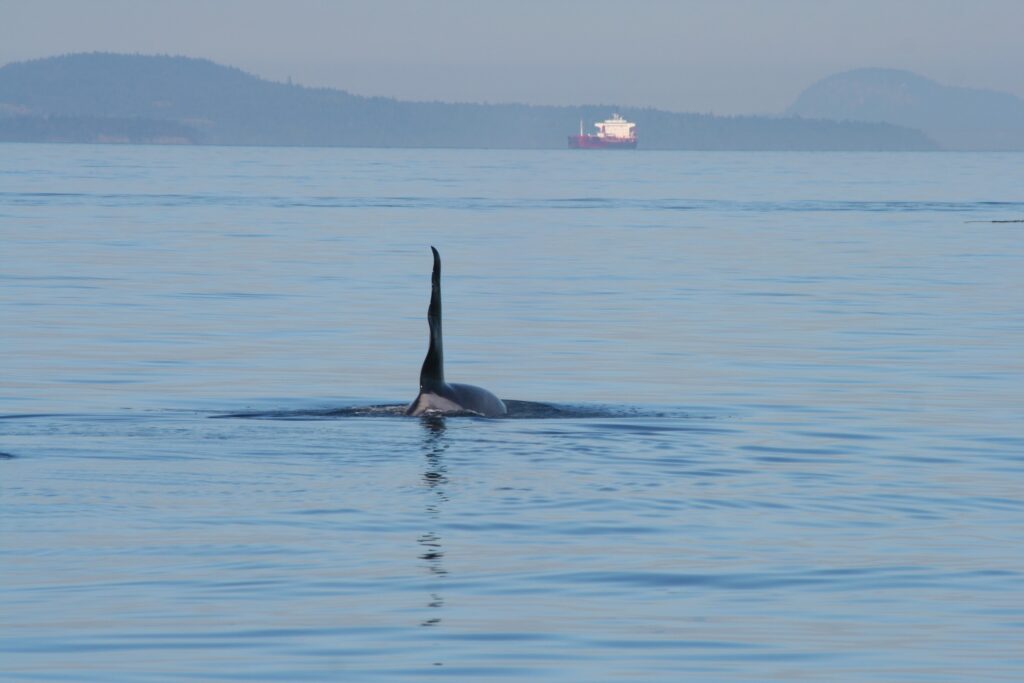
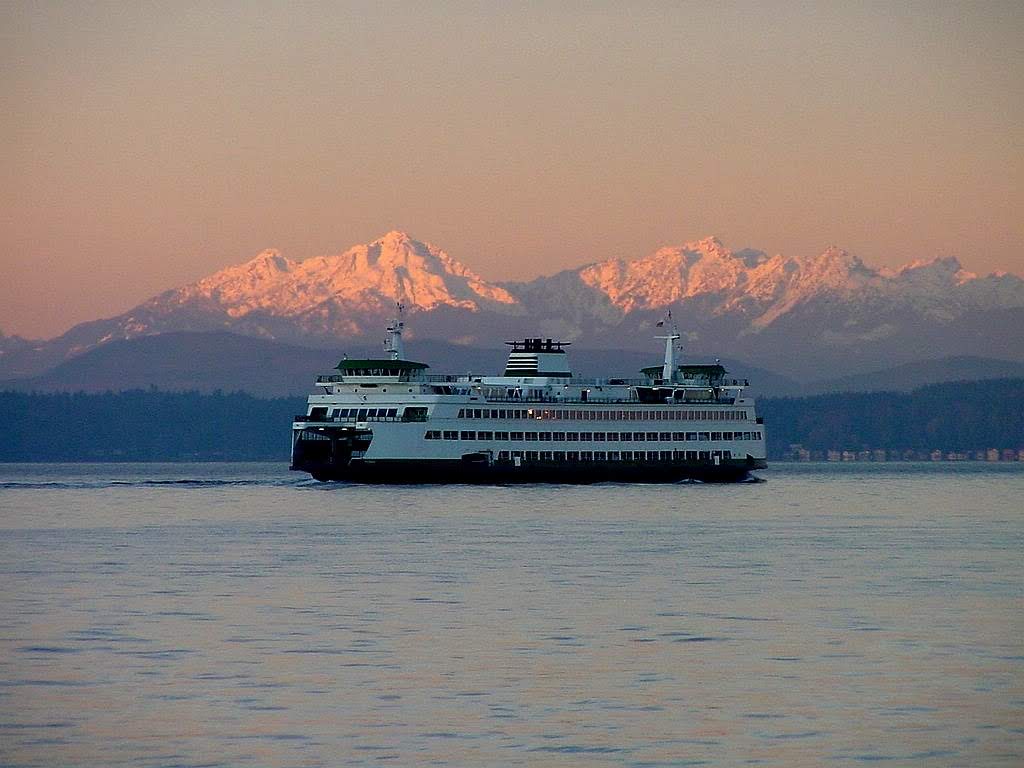
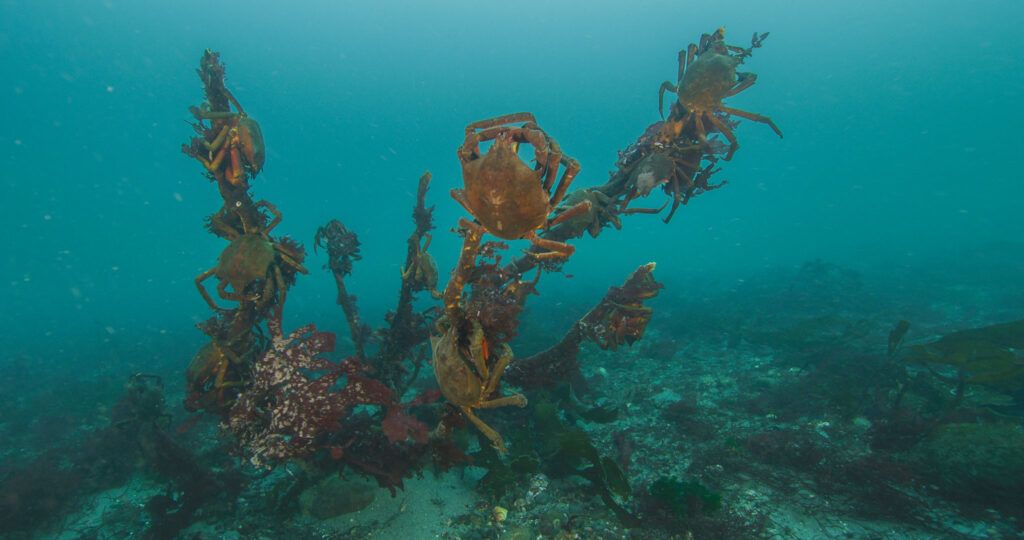
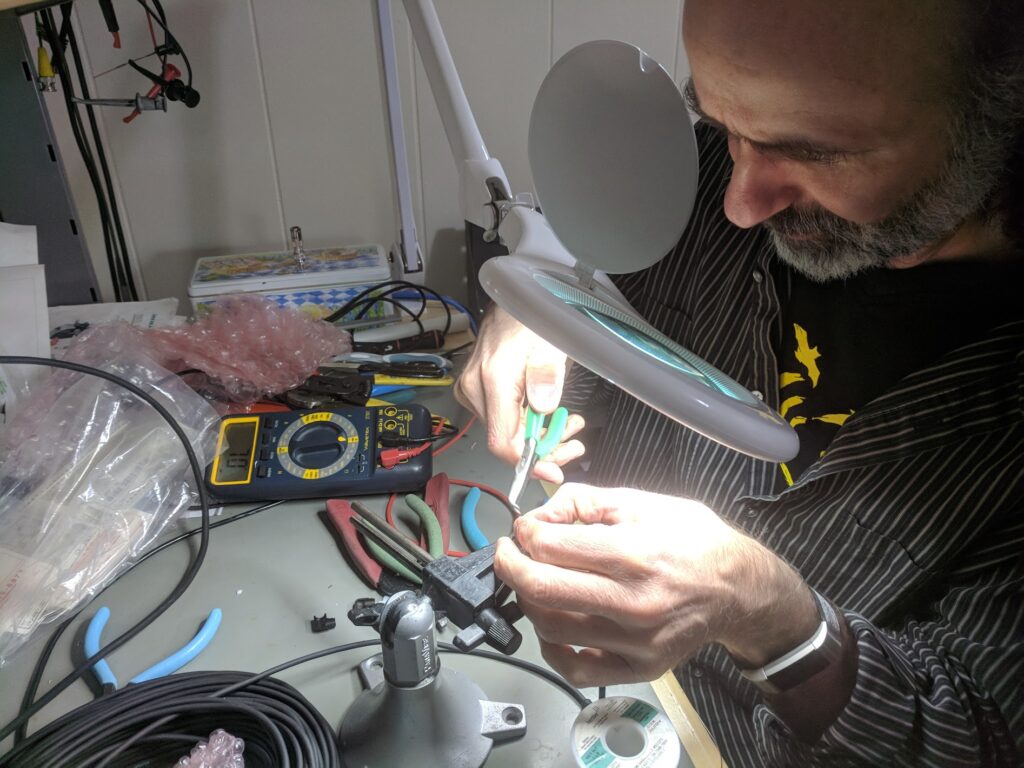
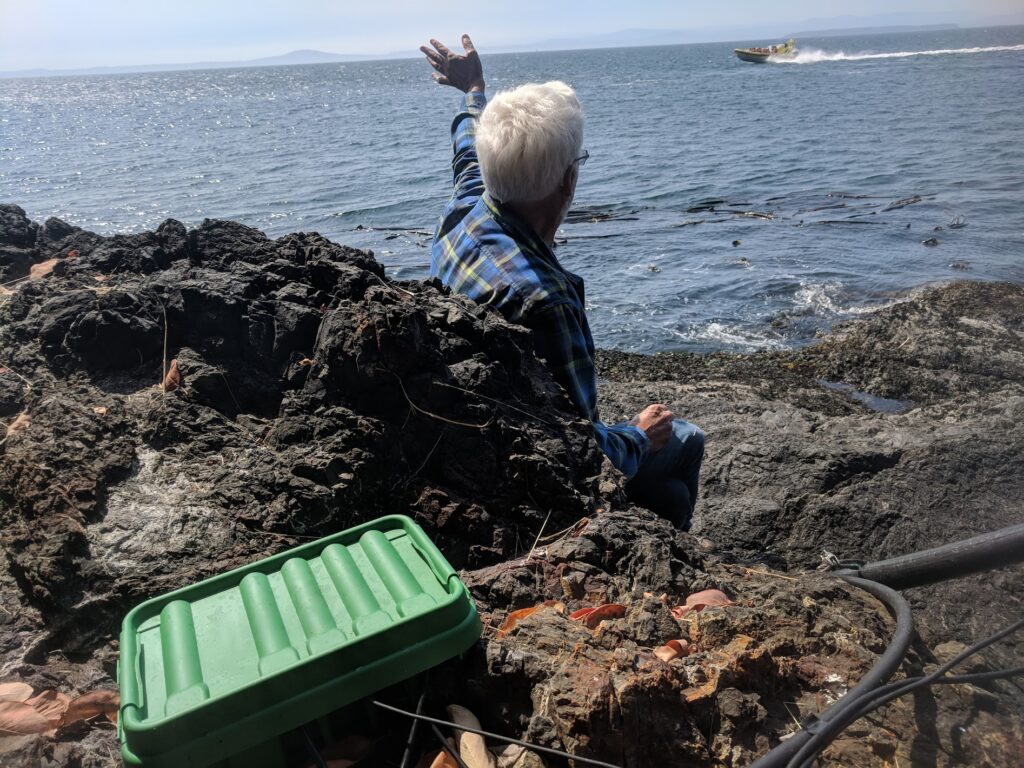
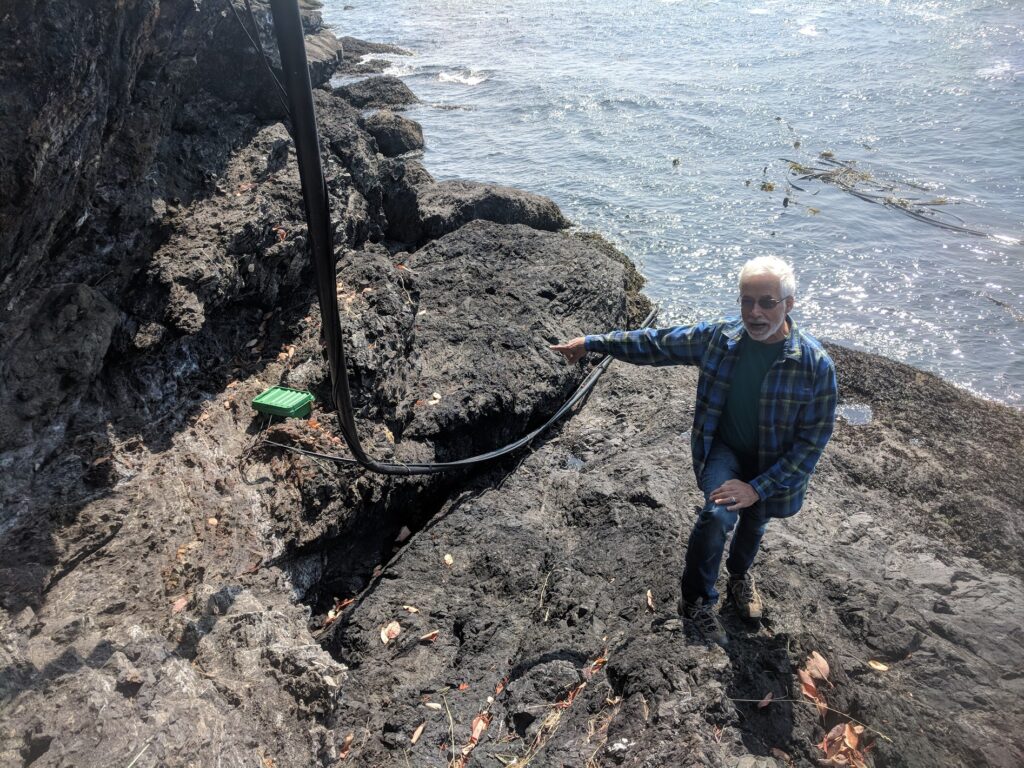
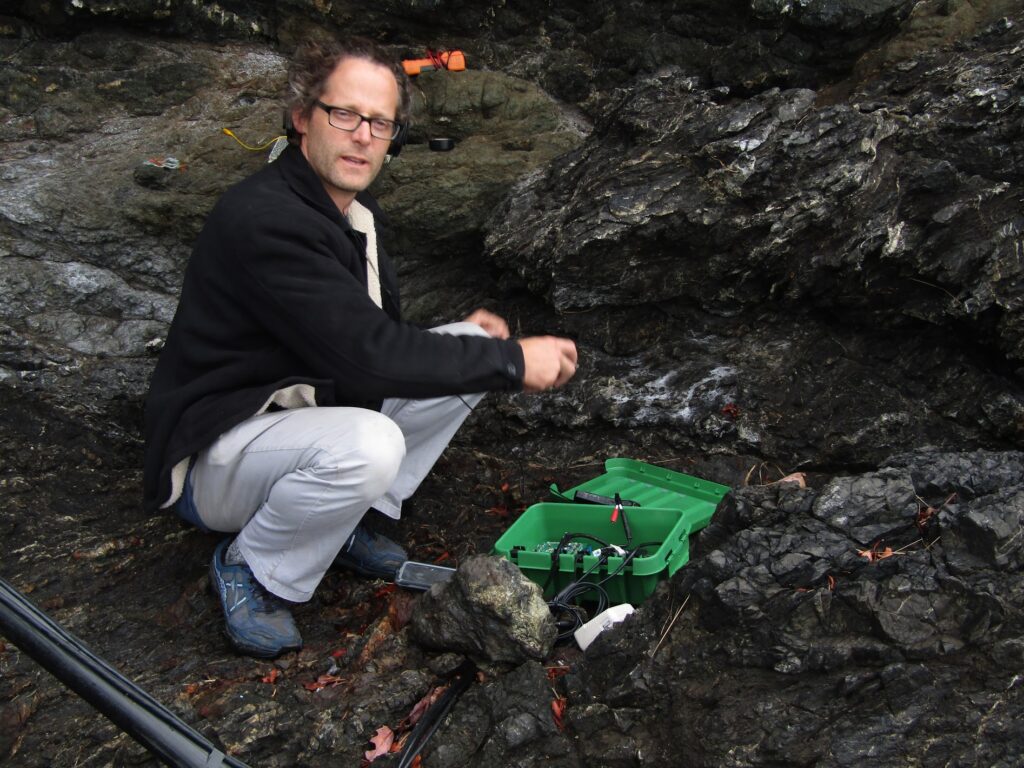
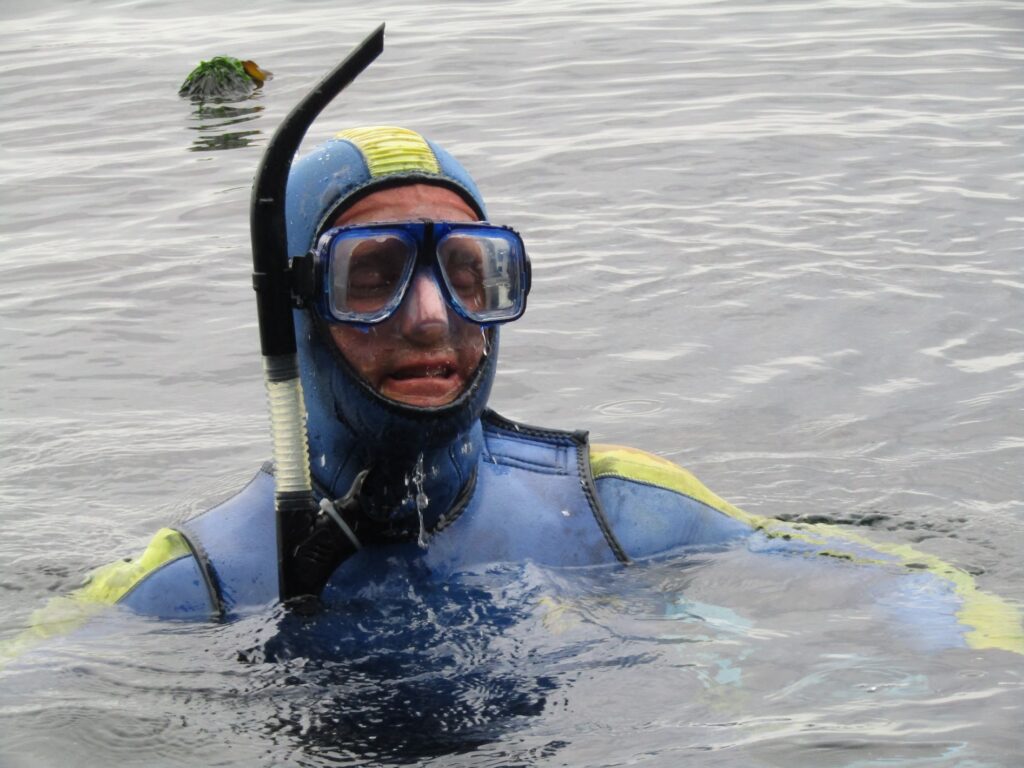
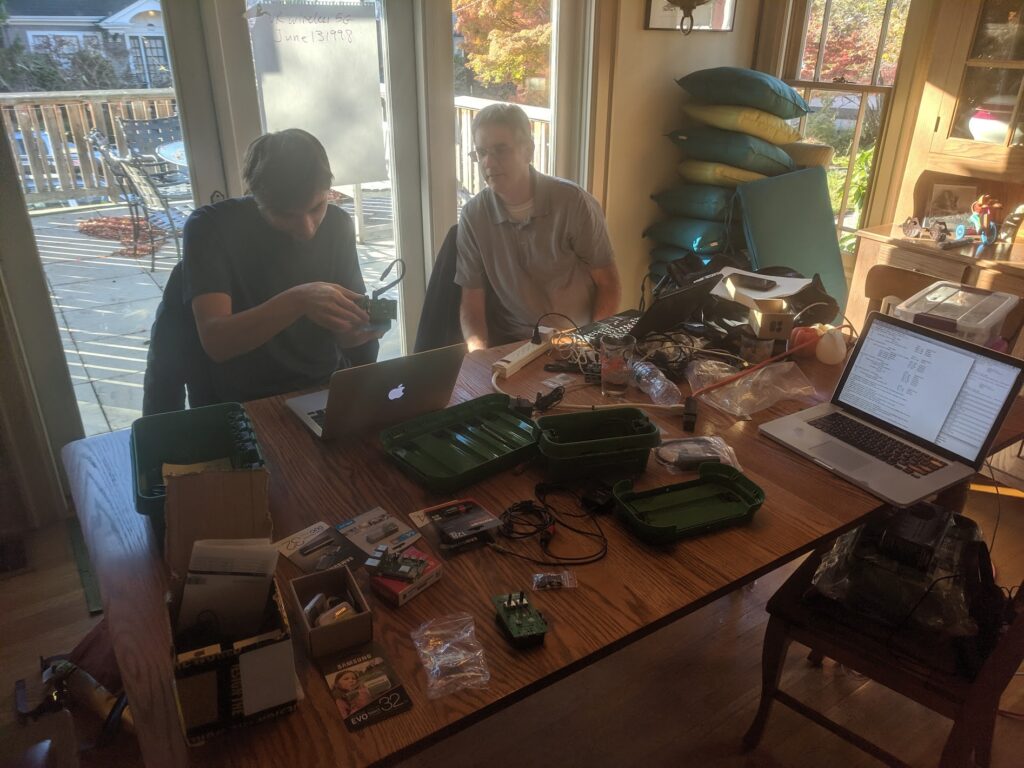
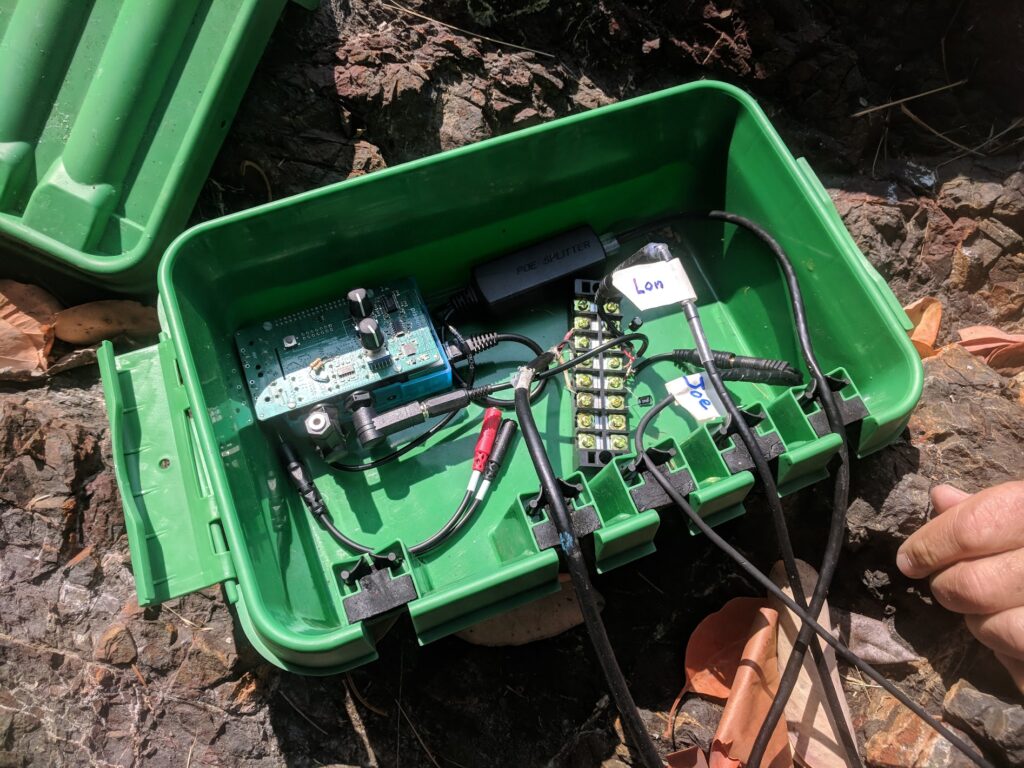
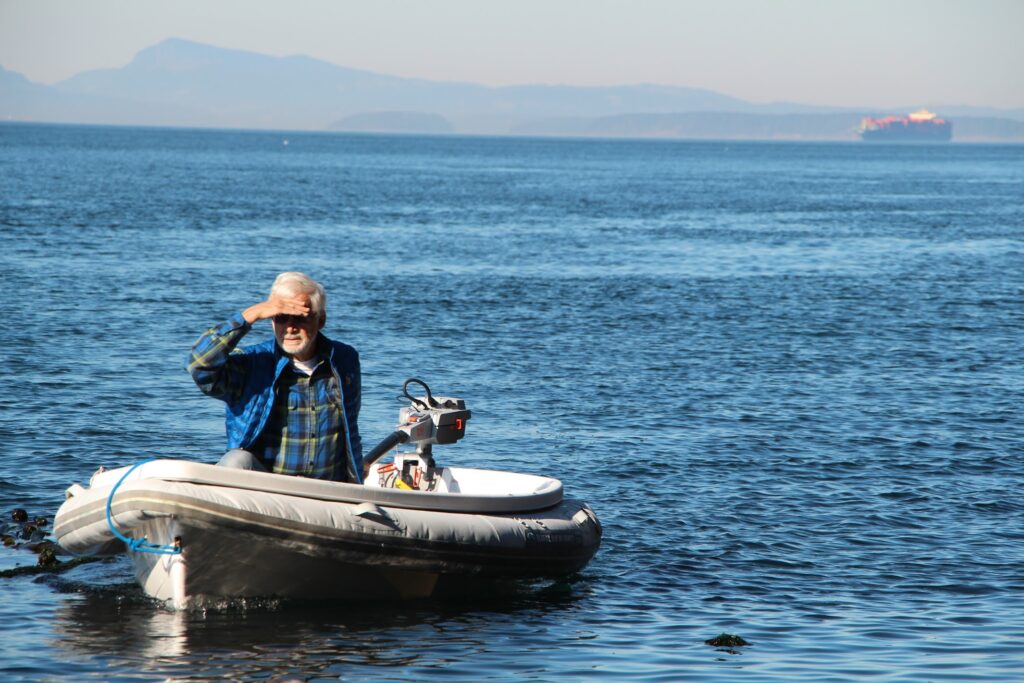
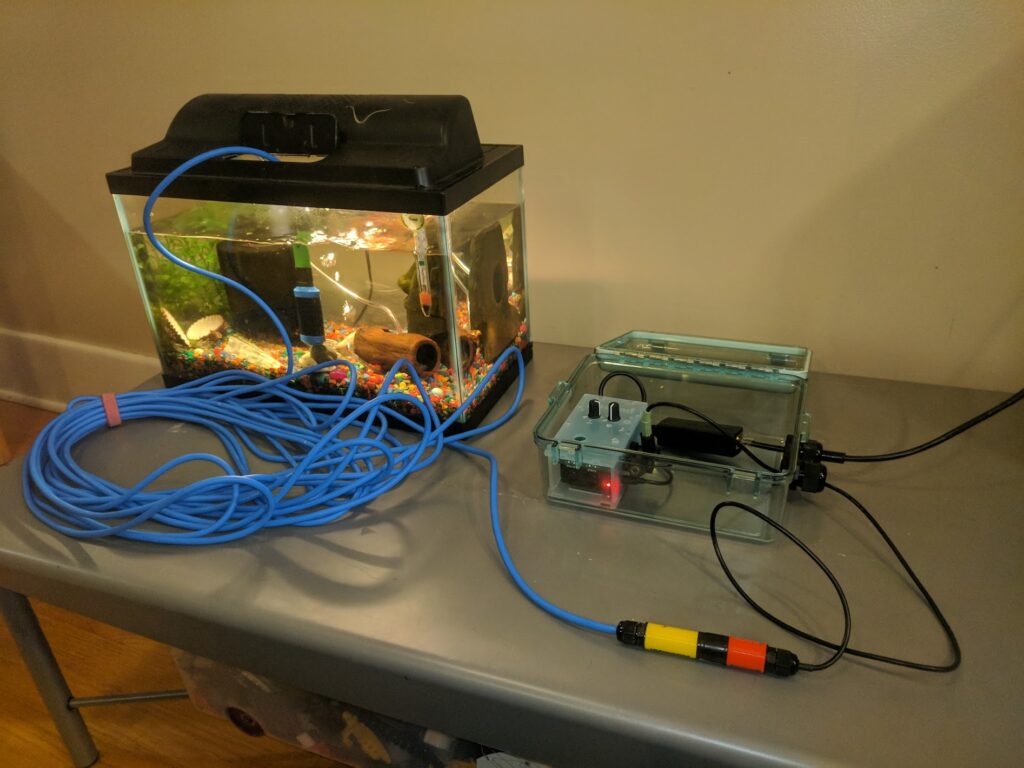
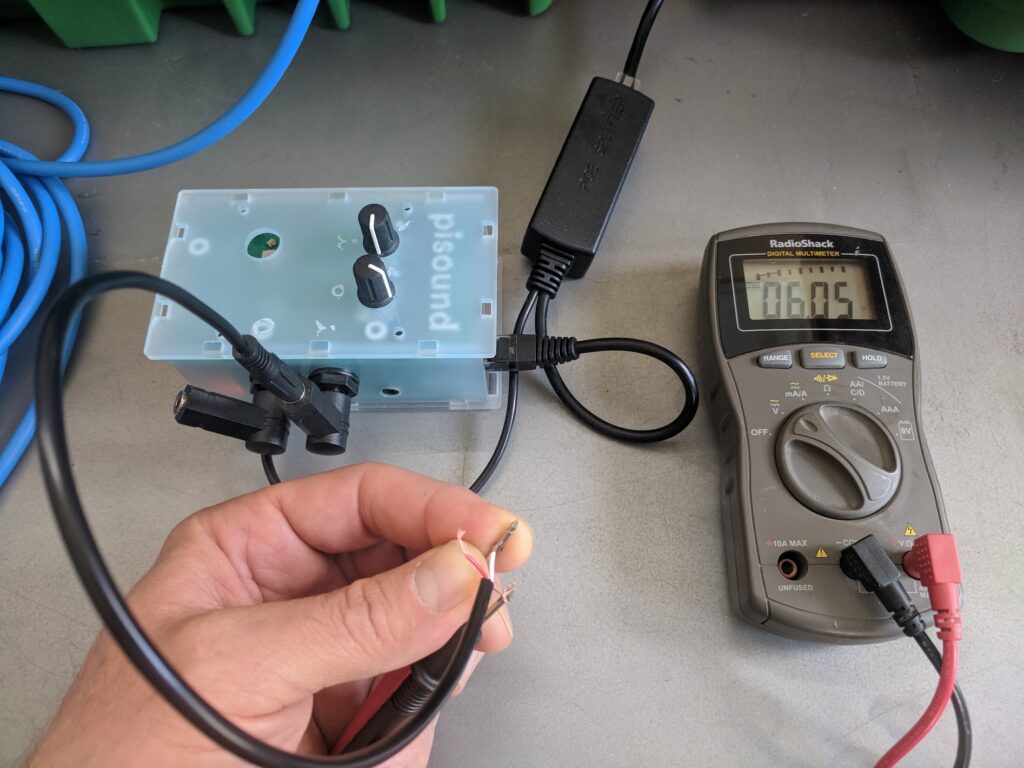
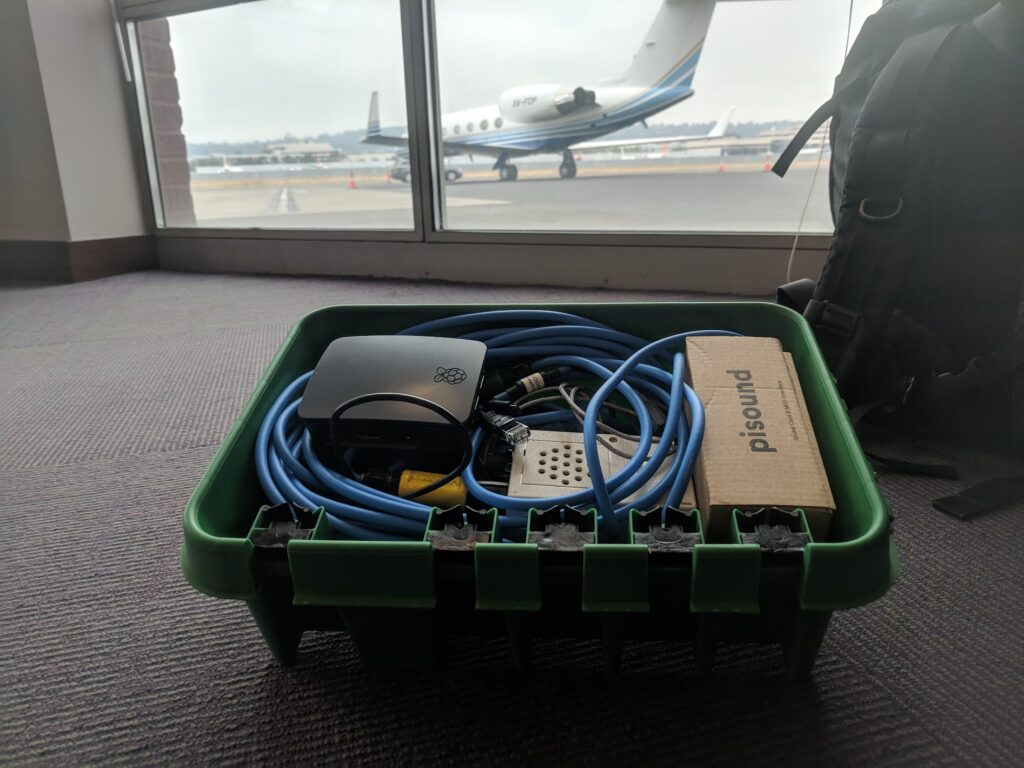
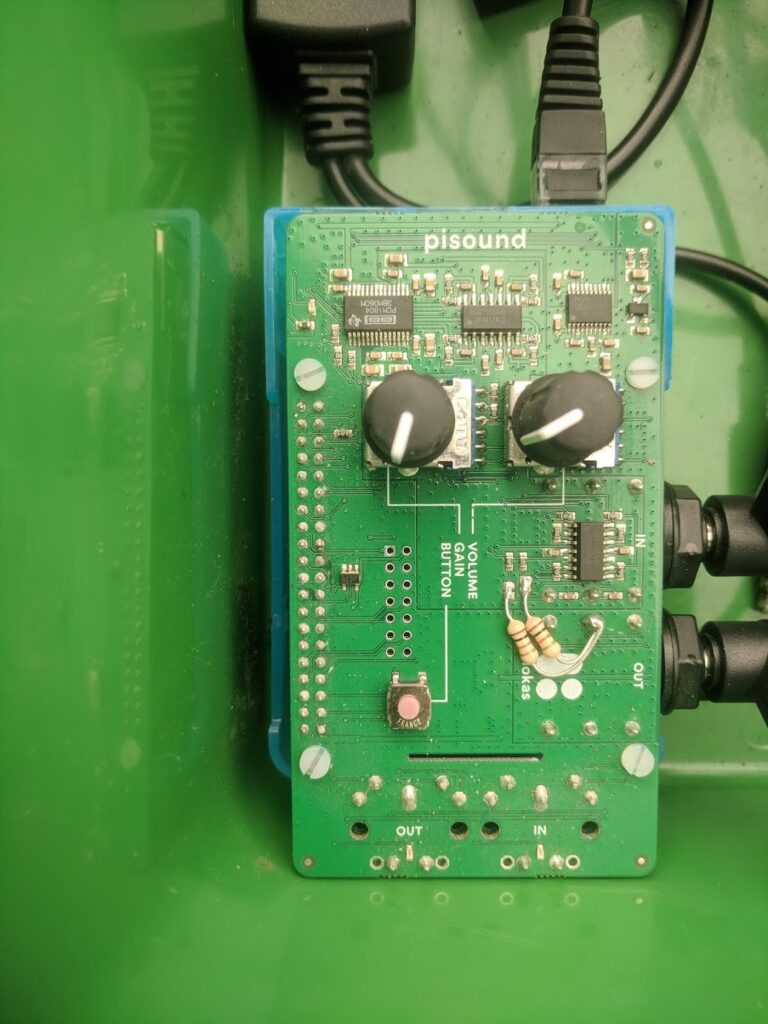
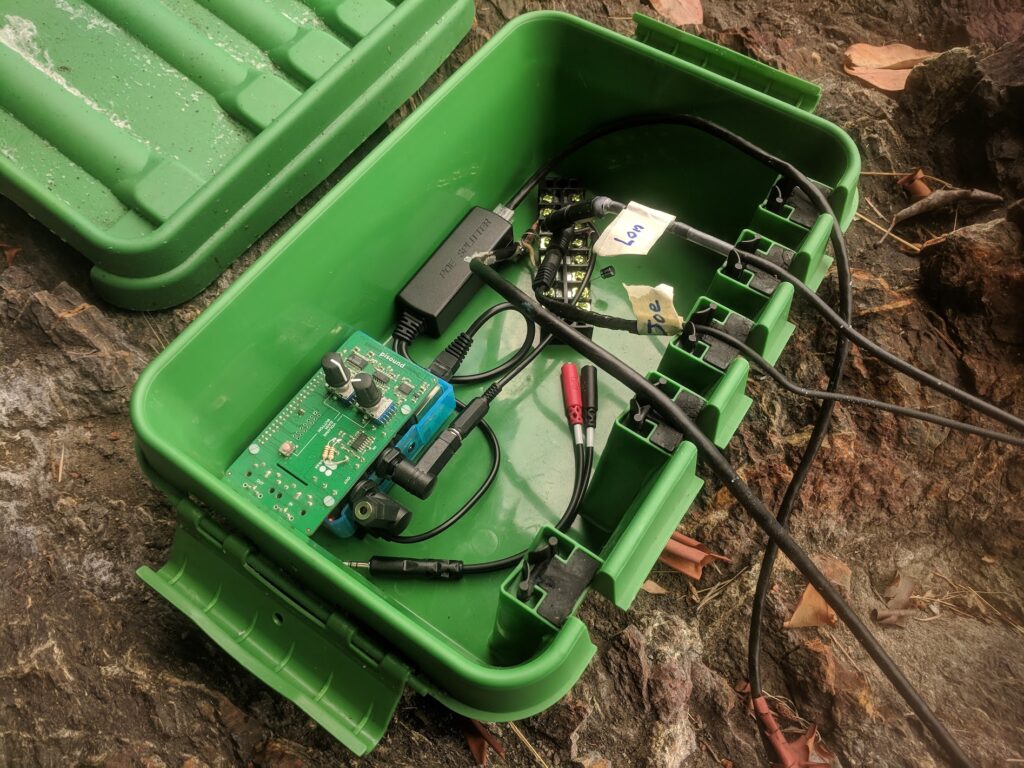
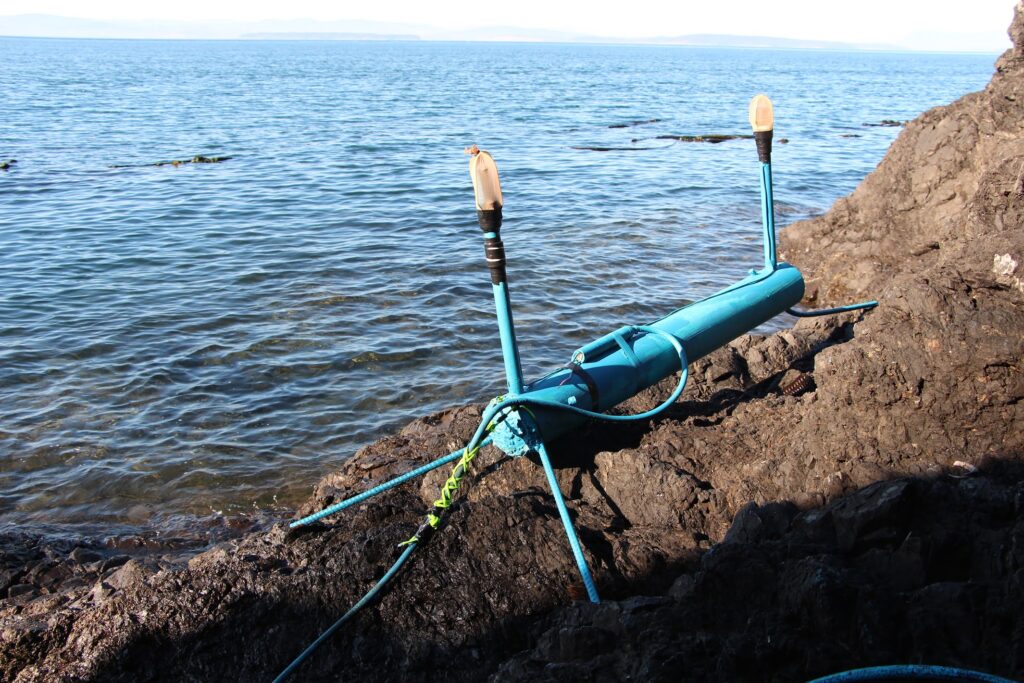
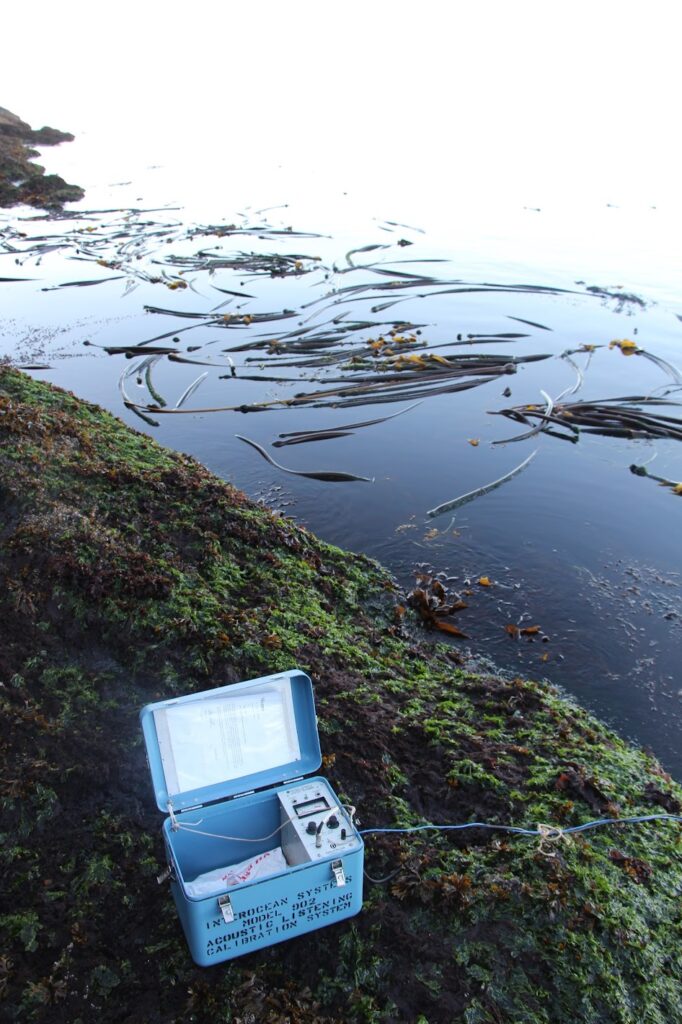
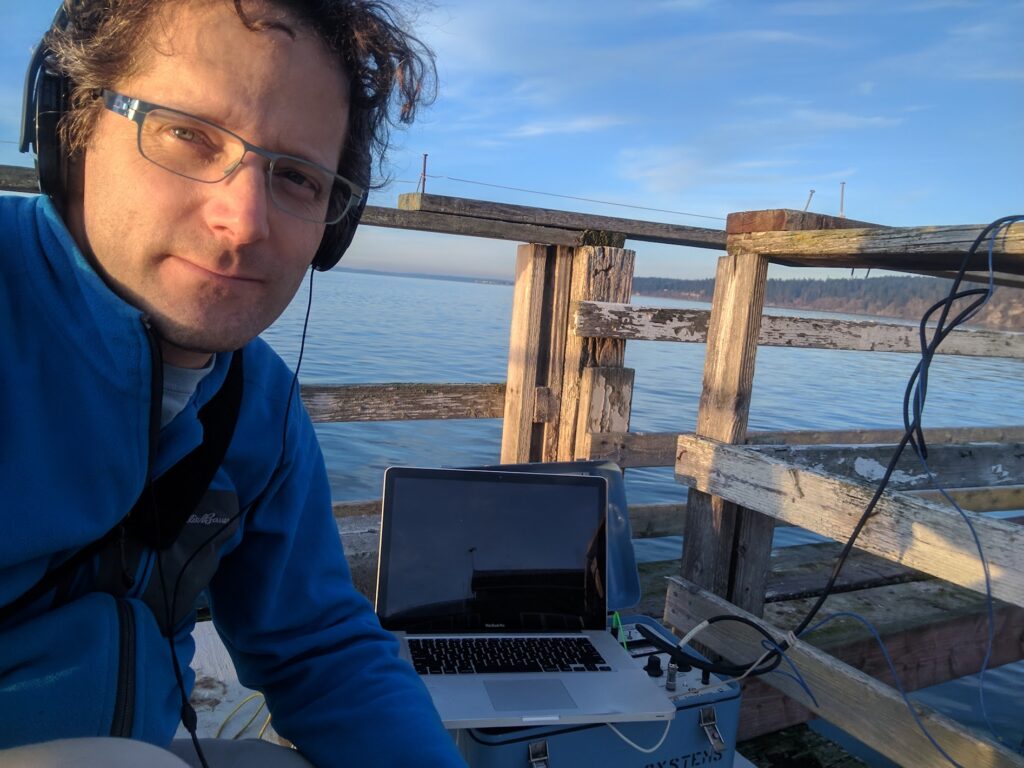
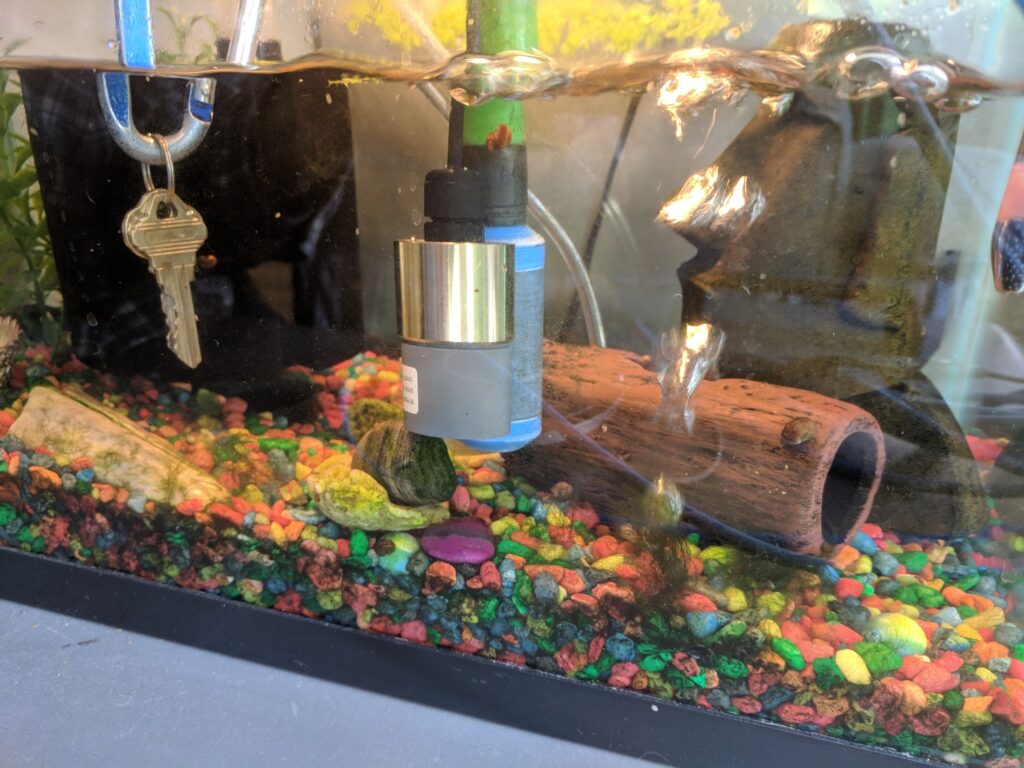
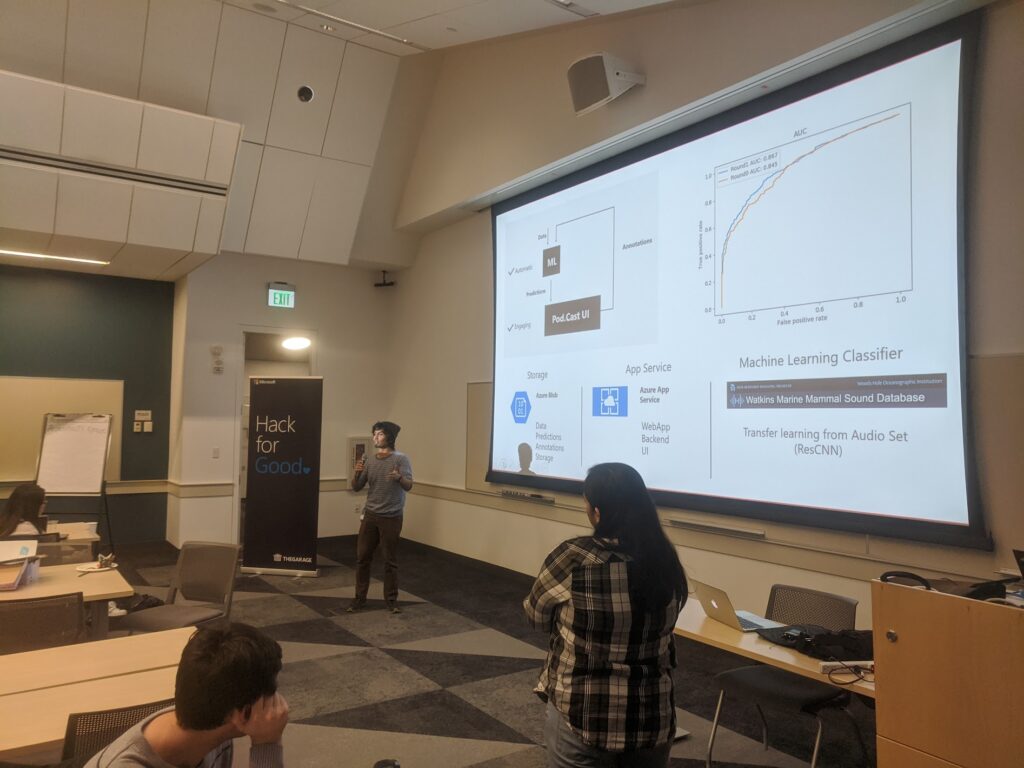
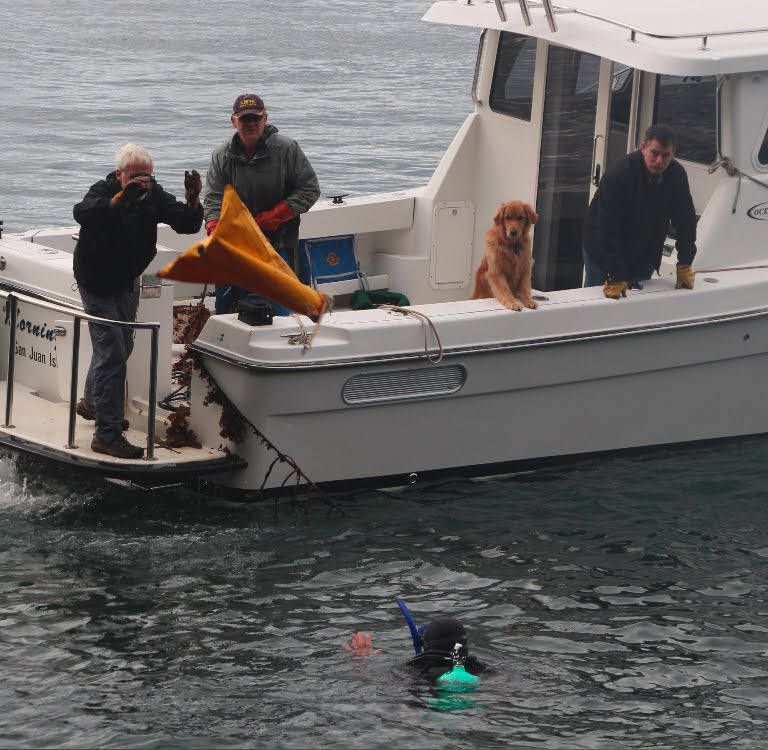
Scott Veirs
Thanks, Blokas, for working with Orcasound the last few years. We appreciate all the support you’ve given us, including keeping us posted when availability became erratic due to COVID!
Here are a few links for your readers to follow (or feel free to add them to the article):
— General info about Orcasound is at https://orcasound.net
— General info about AI and orcas is at https://ai4orcas.net
— Orcasound Github is https://github.com/orcasound
— Orcasound & Google Summer of Code (including blog posts from Dmitry, a student based nearby in Russia!)
Scott Veirs
Oops, forgot the last link!
https://www.orcasound.net/portfolio/google-summer-of-code-open-source-software-for-students-orcas/